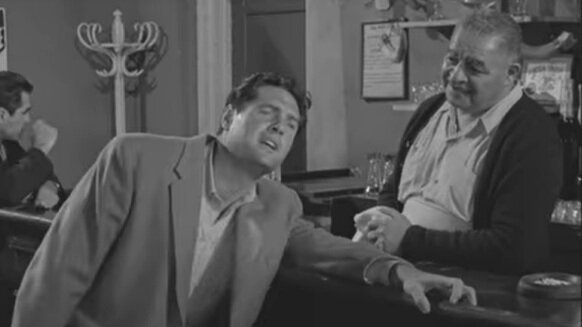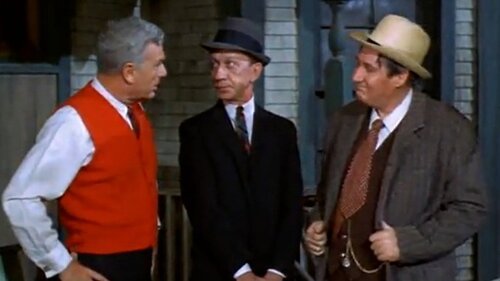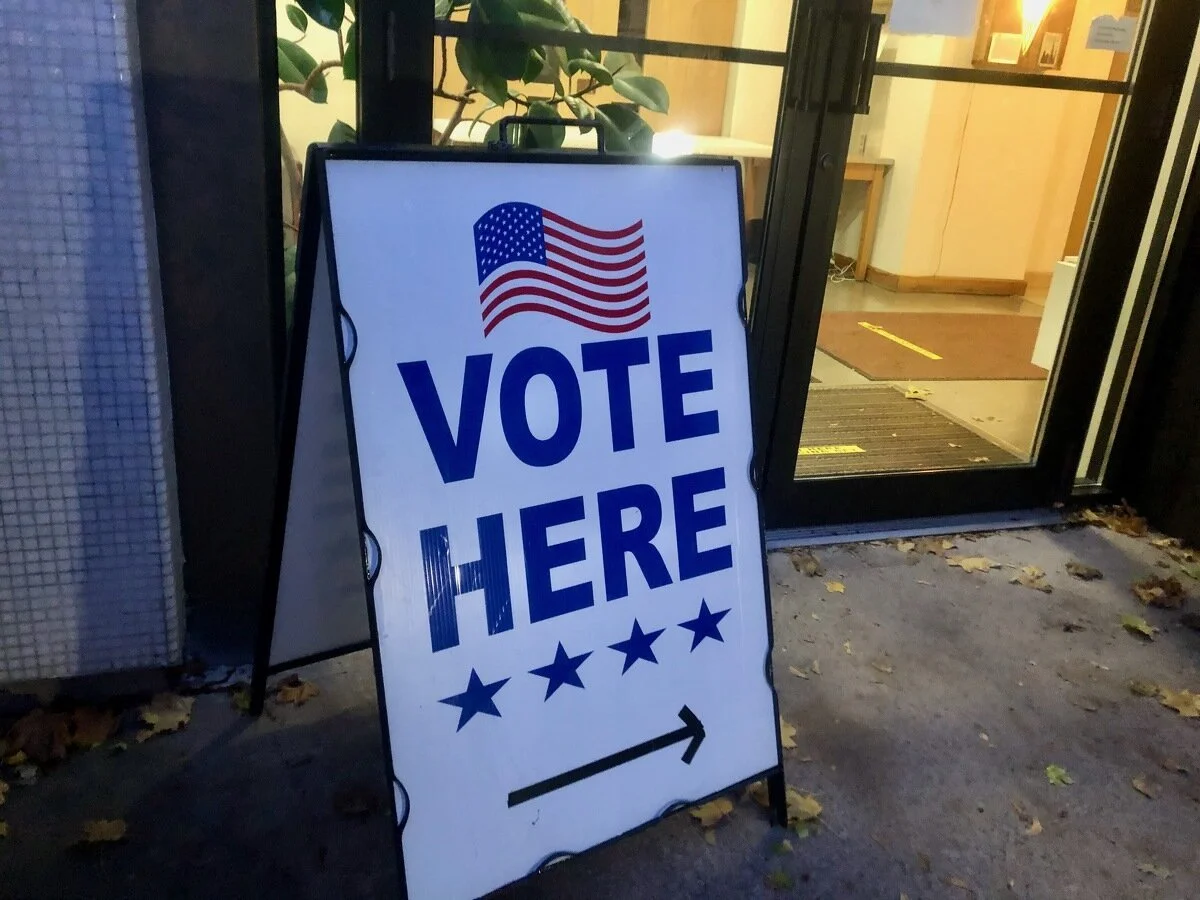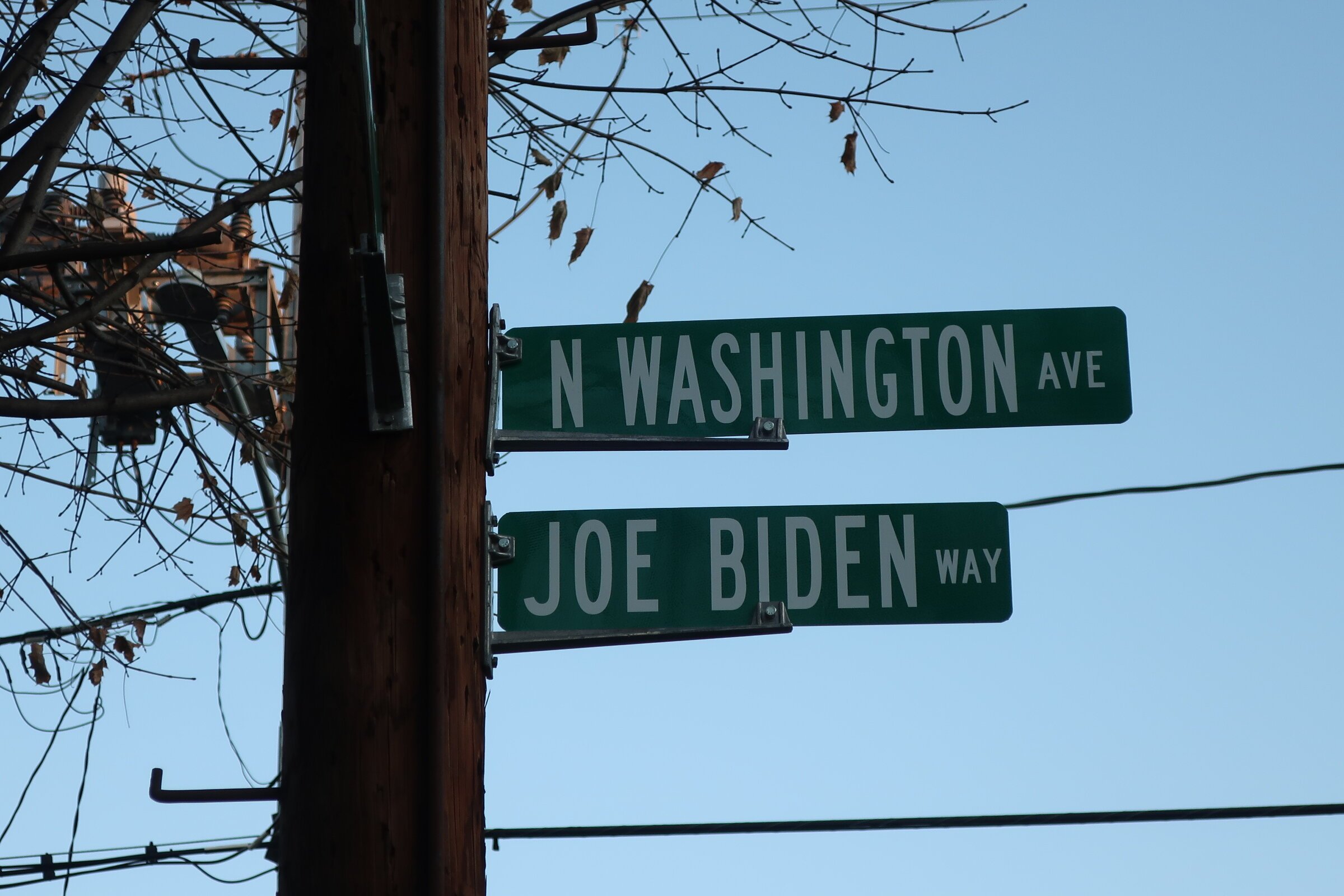Notes From the 9th Floor - January 2021
The Sembrich Artistic Director Richard Wargo on top of an abandoned high-rise in Chernobyl, Ukraine in 2018. Click to enlarge
Happy New Year! And warm wishes from the three small rooms that comprise my office and composing studio on the ninth floor of the Professional Arts Building in downtown Scranton, where I’ve been working almost exclusively since the outbreak of COVID-19 last March.
In recent years, the autumn months have been reserved as my time to travel, affording me the chance to meet with international colleagues in Eastern Europe, to attend concerts and conferences and to explore such off-the beaten-path places as Dracula’s Castle in Transylvania and the abandoned town of Chernobyl in Ukraine. Not so this year. I stayed close to home.
But if there was ever a time to stay put, this was the year---for the election of 2020---when the whole world, it seems, came to pay a visit to the hardscrabble town of Scranton, Pa.
The Moffat Coal Breaker in Taylor, Pa. where my grandfather worked his entire life.
"If you can play Scranton, you can play anywhere." Click to enlarge
The Scranton Welcome sign, featured in the opening credits of The Office.
The word hardscrabble ("not having enough of the basic things you need to live,” this according to the Oxford Dictionary) might have been invented to define the town of Scranton and the hardy stock that settled Northeastern Pennsylvania. Wave after wave of immigrant ventured here, from the mid-nineteenth century onward---first the English, Welsh, Germans and Irish---then later, into the twentieth century, immigrants from Central and Eastern Europe. My own grandfather emigrated from Slovakia at age thirteen and spent his entire life working at the Moffat Coal Mine in Taylor, Pa.
As coal became “king” and the railways expanded, the entertainment industry began to flourish as well. Soon the booming town of Scranton became an important hub on the vaudeville circuit hosting performances by the likes of Buster Keaton, Will Rogers and Wild Bill Cody. The entertainment slogan “If you can play Scranton, you can play anywhere,” followed soon after, the town’s working-class audiences fast earning the reputation of being a difficult crowd to please.
Marcella Sembrich. From The Sembrich Collection.
Ignace Paderewski.
Fritz Kreisler. Click to enlarge
Numerous concert artists passed through the town over the years as well. Ignace Paderewski was greeted with a standing ovation by an audience of five thousand when he performed on February 24, 1902.
Later that year, on October 21, Paderewski’s Polish compatriot, Marcella Sembrich, arrived in Scranton to perform before a crowd of an astounding thirty-five thousand. As noted by Nancy McDonald in her book, If You Can Play Scranton, “many of the listeners were newly arrived Polish immigrants, who applauded enthusiastically throughout a lengthy program of twenty-five numbers and two encores.”
A threatened boycott nearly cancelled the first scheduled appearance in the city by violinist Fritz Kreisler on December 2, 1919. “No patriotic American would attend the concert,” predicted Mayor Connell, given the violinist’s service in the Austrian army during the recently concluded World War. But on the night of the concert, the hall was filled with U.S. Army and Navy men in full uniform who greeted Kreisler with a rousing ovation, a warm welcome beyond anyone’s expectation.
Kreisler’s next Scranton appearance, on January 16, 1922, went forward without controversy, though the whistle of an incoming train from Erie joined the sonority of the Mendelsohn concerto and, as the Scranton Times noted: “During Bach’s Adagio and Fugue, three strident blasts of a breaker whistle announced to the world that it had become nine o’clock in Dunmore. If only sound traveled within the building as distinctly and as well as it penetrates its walls, Scranton would have America’s best concert hall.”
Enrico Caruso. Click to enlarge
Another artist forced to compete with the sounds of industry was the great tenor, Enrico Caruso, who was greeted enthusiastically during his only Scranton appearance in April of 1920. As Nancy McDonald observed, his program “included the beloved ‘Vesti la Giubba,’ ‘Una Furtiva Lagrama’ and the famous ‘Ractonto di Rudolpho’ from La Boheme, which was rendered in competition with the whistle at the D. L. & W. train station.”
Some years ago, I attended a post-performance reception at the New York apartment of Michael Capasso, current director of the New York City Opera, who took pride in showing me his piano, a Hardman-Peck upright Grand that had come into his possession several years earlier. Michael raised the lid to reveal the autograph scrolled on the soundboard: Enrico Caruso, Scranton PA, April 5th 1920.
"Reminds me of my hotel room in Scranton." Click to enlarge
Another classical artist who passed through Scranton during those years was Sergei Rachmaninoff who performed at the Scranton Central High School auditorium, a place where I spent many fulfilling hours during my teens. (What a privilege it was, to perform on the same stage once occupied by Rachmaninoff!) The critic in attendance at the November 23, 1923 recital commented on “the quiet melancholy and somber demeanor” of the composer and attributed his mood to “the disorders and oppressions of the pianist’s native land.”
In the decades that followed World War II as the coal industry waned, the town of Scranton fell on hard times. Perhaps it was payback on the part of the entertainment community for all of those unruly vaudeville audiences, but Hollywood had a field day at the town’s expense. Even just a mention of the name Scranton seemed good for a laugh.
In the horror-comedy The Ghost Breakers, when Bob Hope comes across a set of railroad tracks in a secret room of a castle he’s exploring, he quips, “Reminds me of my hotel room in Scranton.”
In the Twilight Zone, a bartender berates a washed-up ball player who has just come by a bus ticket to Scranton: “Coal mines. That's what's in Scranton… Nice, lovely, beautiful coal mines. You can't pitch with that arm anymore, Lefty. Maybe you can dig with it.”
Producer Norman Lear assured ongoing laughs for his sitcom All in the Family by assigning Scranton as the hometown of Edith Bunker. “No, no, no! Not Florida!” erupts Edith in one episode when Archie wants to take her on a trip to sunny Florida. “I want to go to Scranton!”
The comedy Green Acres featured an episode entitled, “What Happened in Scranton?” In its absurd comedic way, we never do find out what happened in Scranton. But whatever it was, the mere mention of the town is enough to blackmail an effete New York hairdresser to rush from Manhattan to take up residence in Hooterville.
And from the film Home Alone, where is the last place on earth that you’d want to be stranded on Christmas Eve, en route from Paris to Chicago? As stated to Kate McCallister by John Candy (in a cameo role as a “polka king”): “You’re in Scranton, ma’am.”
The Penn Paper building in downtown Scranton which served as the fictional Dunder Mifflin plant in the television series, The Office. Click to enlarge
By 2005, with the Americanized version of a British TV series called The Office, there seemed to come a subtle shift in tone whereas the town of Scranton is concerned, from ridicule to a quirky good-humor…a phenomenon I experienced first-hand…in Warsaw, Poland, of all places.
I was in attendance at the 7th International Moniuszko Voice Competition in May of 2007. Breakfast on the first day was held in the restaurant of the famed Hotel Bristol, an establishment founded by Paderewski himself in 1900. Introductions went around the table among singers from around the world who had come to Poland to compete. When it came my turn to introduce myself, there were smiles all round at the mention of my hometown. “As in Dunder Mifflin?” one queried (the fictional workplace that serves as the setting for the series.) Everyone, it seemed, knew The Office---and suddenly, it was “cool” to be from Scranton.
Though I’m not a television watcher myself, I did attend The Office Wrap Party held on a picture-perfect day in early May of 2013. Sponsored, in part, by the University of Scranton, the video that follows gives a unique student perspective of the event. But an equally fun time was had by all. What I found most striking about the occasion was the outpouring of genuine affection shared mutually between the town, its citizens and the cast, on full display throughout the day.
Actor Steve Carrell made a surprise appearance at The Office Wrap party at PNC Field. Photo by Jason Farmer, The Scranton Times-Tribune. Used with permission. Click to enlarge
Click to enlarge
The day was capped off by a gathering of the cast of The Office at Lackawanna County’s PNC Field and a surprise appearance by the show’s star, Steve Carrell. Here’s how The Scranton Times-Tribune reported the occasion: “A deafening roar crashed around Montage Mountain as the thousands of fans who filled the stands rose to their feet. Rob Crain, president and general manager of the Scranton/Wilkes-Barre RailRiders, said, ‘I never heard a ballpark that loud for anything, ever.’”
A protester on Wyoming Avenue in downtown Scranton. Click to enlarge
Fast forward eight years and the good spirit of “Ain’t no party like a Scranton party” shifted to the confrontational “Scranton vs. Park Avenue,” with the hardscrabble town once again in the glare of the media, the epicenter, it seems, of the 2020 Presidential Election. Both Presidential candidates, their spouses, families and surrogates visited the city multiple times with increasing frequency as Election Day approached. A Washington Post headline designated Scranton “America’s best-known small city.”
But gone was the warm, fuzzy unity of a town gathered together to bid farewell to a quirky television series. Like the country at large, Scranton was a town divided. Planes flew sky banners overhead touting political slogans while truck caravans sped around city streets, horns blaring and flags flying. Media outlets from across the globe descended upon the town along with poll workers, canvassers and partisans from across the country. Even members of Rev. Sun Myung Moon’s Unification Church got in on the act, coming from as far away as Japan to take up residence in one of the town’s motels. Their daily protests at Scranton’s major thoroughfare continued beyond Thanksgiving.
“This is not my city,” said a young woman from Japan, “But this election affects the whole world.”
At last, as the cold winter days settle in, the national spotlight has begun to fade, holiday decorations now adorning yards once filled with campaign signs. Residents of Scranton now can begin to reclaim their town and return to as close a sense of normalcy as is possible during a pandemic.
A newly installed street sign on N. Washington Avenue near the birthplace of the next resident of the White House.
Happy New Year from the 9th Floor! Click to enlarge
A newly installed street sign on N. Washington Avenue near the birthplace of the next resident of the White House. Click to enlarge
Perhaps the newly-erected street sign on the twenty-four hundred block of North Washington Avenue might in some measure help to temper political rancor and bring us together, united by a sense of community spirit and hometown pride. After all, how many hardscrabble towns can lay claim to the birthplace of the next resident of the White House?
Enormous thanks to the Scranton Times-Tribune for granting us permission to include the Steve Carrell photo in this post and to Nancy McDonald for her invaluable book, If You Can Play Scranton, A Theatrical History, 1871-2010.
On behalf of The Sembrich Board and Staff, we extend heartfelt wishes to you and yours for a Happy New Year! Take care---and stay healthy through these challenging times. We look forward to meeting soon and to the promise of sharing once again in the joy of music along the shores of Lake George!
Until then,
Richard Wargo
Artistic Director















